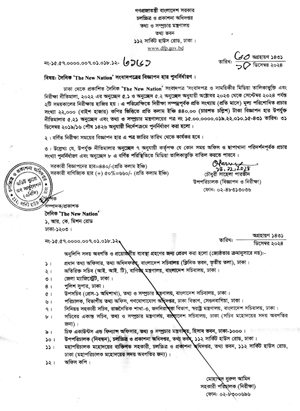Business Report :
The rapid depreciation of the taka against the US dollar has had a noticeable impact on the country’s economic growth, as evidenced by the recent GDP data published by the Bangladesh Bureau of Statistics (BBS).
Per capita GDP in taka terms has shown a steady growth from the fiscal year of 2020-21 to 2023-24, rising from Tk 208,751 to Tk 294,191. It was Tk 262,868, meaning it rose 12 percent in the current financial year.
Per capita GDP in dollar terms, however, has not followed the same trend.
In 2021-22, per capita GDP in dollars rose to $2,687 from $2,462 in FY21. However, it fell to $2,643 in FY23 before slightly recovering to $2,675 in the current financial year, up 1.2 percent year-on-year.
The fluctuation indicates that the growth of the economy, when measured in dollars, has been lower than initially projected, due to the weakening of the taka.
The same pattern is observed in GNI (gross national income) per capita. While the GNI per capita in the taka climbed from Tk 219,783 in FY21 to Tk 306,144 in FY24, a spike of 39 percent.
In terms of dollars, it rose from $2,591 to $2,784, an increase of 7 percent during the four-year period.
This suggests that while Bangladesh’s economy is growing in terms of the local currency, the sharp depreciation of the taka against the dollar is, in fact, is preventing per capita GDP to swell.
This also highlights the importance of restoring the exchange rate stability.



